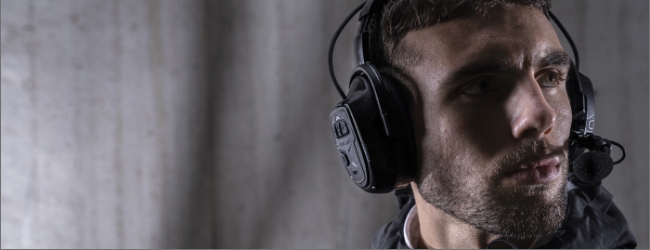-
-
-
-
-
-
-
- Jakker og Veste
- Trøjer
- Skjorter
- T-shirts og poloshirts
- Arbejdsbukser
- Shorts og piratbukser
- Advarselstøj
- Tøj Advarselstøj regn
- Regntøj
- Undertøj
- Undertøy og sokker
- Nederdele og kilte
- Kedeldragter
- Huer og kasketter
- Forklæder
- Bælter og seler
- Knæbeskyttelse og hjælpebeskyttelse
- Værktøjsbælter og materialelommer
- Korttid og kemikaliebeskyttelse
- Beskyttelsestøj aluminiseret
- Andet
- Vis mindre
- Vis flere
-
-
-
-
-
-

Hearing protection
Hearing protection is a measure taken when there are no other ways to reduce noise. As far as possible, noise should be taken care of where it occurs.
Hearing protection must be used by law when the noise level in the workplace exceeds a certain level:
- If the average noise level during an 8-hour workday is 85 dB(A) or higher
- If the highest noise level is 115 dB(A) or higher
- If the impulse limit value, i.e., the highest short-term sound peak during a workday, is 135 dB(C) or higher
Noise control measures, information, and education must be carried out, and hearing protection must be available to the employee in these cases. Read more here about different noise levels and legal requirements.
Considerations when choosing hearing protection:
- Comfort of the protection
- Area of use
- Which noise you need to protect yourself against. The attenuation should neither be too high nor too low.
Read more here about what is important to know about hearing protection.
When you know which protection level is suitable for the purpose, you can consider which type of hearing protection and functionality you want.
Read more here about different types of hearing protection based on the right attenuation level for your work environment and other factors that may affect your choice.
Different hearing protectors have different standards depending on type and functionality. Read more about standards for hearing protection here.
Hearing is one of your most important senses, and we want to guide you on how to best protect your hearing when you are at work. What can happen if I have reduced hearing. Read more about the risk area of noise here.






